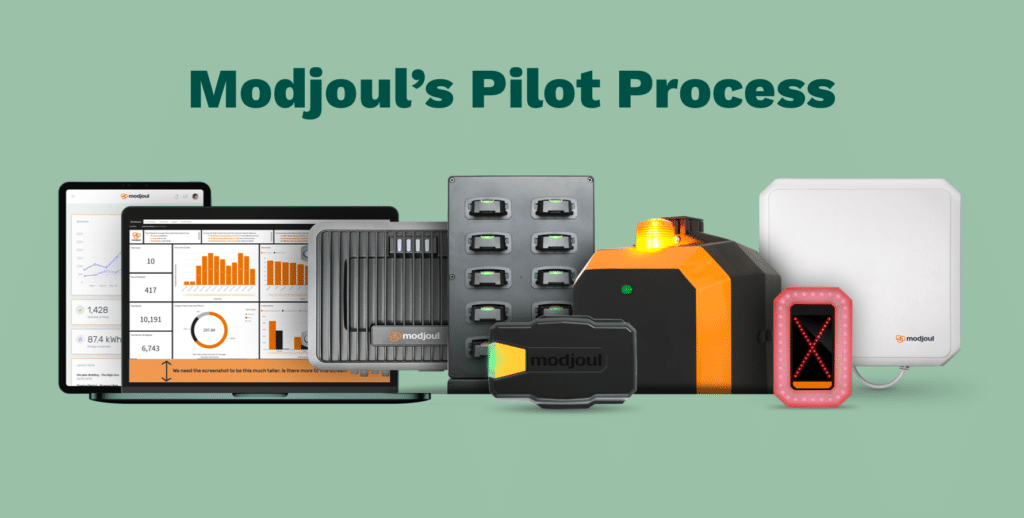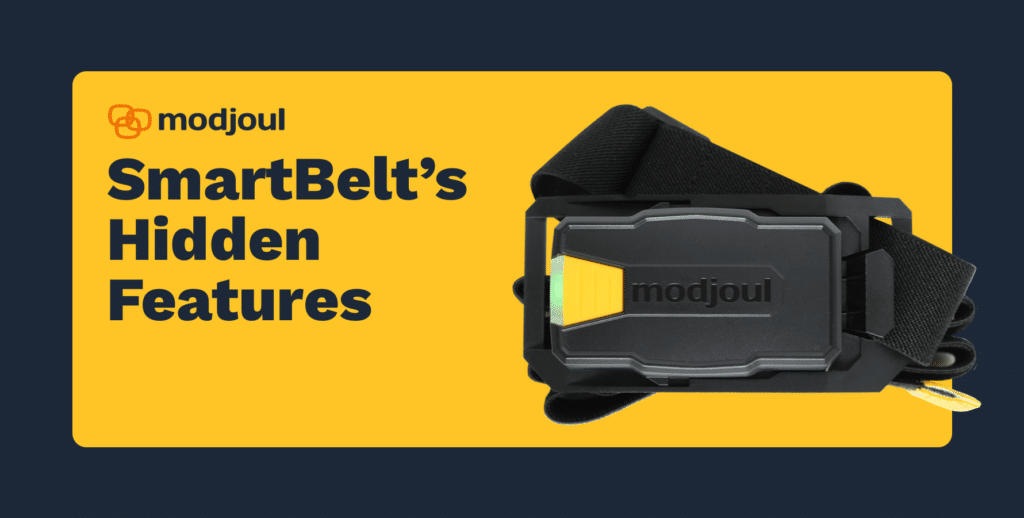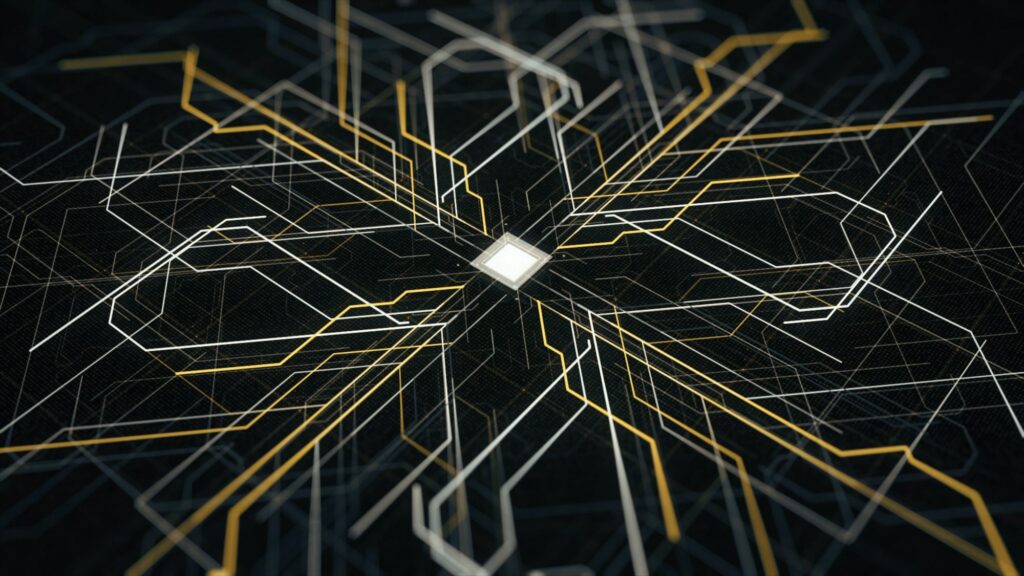According to recent reports, Internet of Things (IoT) and Artificial Intelligence (AI) along with Blockchain are technologies that will reshape business [1, 2]. Among these three, IoT and AI have seen rapid growth in the recent years. For instance, it is estimated that an average of 127 per second new devices connect to the internet globally [3]. The estimated number of active connected devices will be 34.2 billion by 2025 [4]. About two third of these devices will be IoT devices. By 2025, the global economic value generated by IoT devices is expected to be between $3.9T to $11.1T [3]. The factory sector is expected to contribute the most, estimated between $1.2T and $3.7T. The impact of AI is expected to be only greater.
Even though IoT and AI technologies are highly impactful on their own, their wedding is already happening, and it will revolutionize the technology world. With the use of small and cheap IoT devices it is now possible to collect data from billions of small IoT devices and send them to the internet. Our ability to collect data from billions of devices provides us with a rich set of data which was never obtainable before. This is where the power of AI becomes extremely useful. Powerful AI models can make use of these new data and we can obtain new insights. Some of the examples where IoT and AI will work together include optimizing the operations in a factory, predicting machinery failures and accidents, and obtaining real-time data in instances such as toxic gas exposure in a factory.
Some experts call the new technology AIoT. The emergence of AIoT has many advantages and a few concerns.
Advantages of AIoT
- Increasing operational efficiency – The operational efficiency in business can be improved if we have data about the operation. IoT devices are great for collecting various data – environmental, machine operational, employees’ activities to name a few.
- Real time processing – By connecting devices to the internet 24×7, it is possible to stream data or trigger data upload up on occurrence of incidents. This enables data collection, translation of data to meaningful metrics and transmission of metrics, all in real time.
- Better risk management – The ability to collect and analyze data in real time helps to identify and respond to any anomalies. AI can detect anomalies, respond to incidents (e.g. machine failure), and send notifications to the concerned parties like a manager supervising a factory.
- Predictability – IoT and AI together can monitor data and detect signatures for incidents before they occur. This is possible because AI can learn from the patterns from previous incidents and detect such incidents when they are going to happen. The predictability has many advantages including helping avoid machine failures, reducing business impact and reducing maintenance costs.
Concerns
- Connectivity – Connectivity or lack of it is a concern many experts share. If all the devices at home and factories are dependent on the internet connectivity, can they function if there is network outage? How would they be affected by a power outage? These are the questions asked by experts. It requires a lot of planning and smart design to make sure that rare events like power outage or network outage happens will not cause a system catastrophe.
- Security and Privacy – There is a growing concern about privacy and security of IoT devices. Ironically, the solution to such concerns also comes from the use of AI. It is not possible to manually run vulnerabilities on billions of devices. Promising AI cybersecurity models tuned for IoT devices have been developed in the recent years. The accuracy and performance of these models should be improved to a level where we can safely employ them widely.
In summary, the combination of AI and IoT is expected to revolutionize the business for good. It will be inevitable for businesses to employ these technologies. However, there are also a few concerns about security and privacy, which need to be addressed. References: [1] https://www.forbes.com/sites/cognitiveworld/2019/07/05/a-changing-internet-the-convergence-of-blockchain-internet-of-things-and-artificial-intelligence/?sh=b8ced187c58f [2] http://www.oracle.com/us/solutions/cloud/tt-technologies-white-paper-4498079.pdf [3] https://www.mckinsey.com/industries/semiconductors/our-insights/whats-new-with-the-internet-of-things# [4] https://iot-analytics.com/state-of-the-iot-update-q1-q2-2018-number-of-iot-devices-now-7b/




